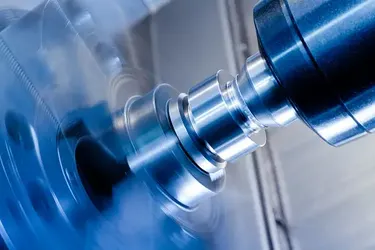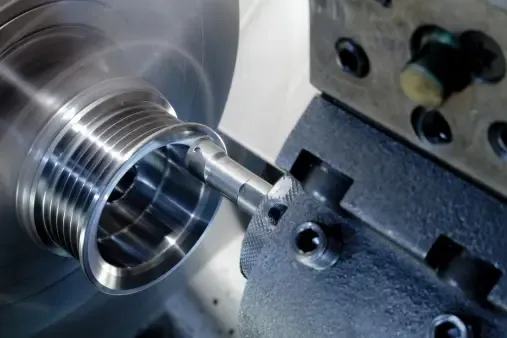What is the Difference between a Lathe and a Turning Machine?
When diving into the world of machining and manufacturing, you might encounter the terms "lathe" and "turning machine." While they are often used interchangeably, there are key distinctions between the two that can affect how they are used in various applications. Understanding these differences is crucial for selecting the right equipment for your projects. Let’s explore what sets these two machines apart and how each can be utilized effectively.
Understanding the Lathe
A lathe is one of the oldest and most versatile machines in manufacturing. It works by rotating a workpiece against a cutting tool, allowing for precise shaping and finishing. Lathes are commonly used for turning, boring, drilling, and threading tasks. Traditional lathes come in various sizes and configurations, including manual and CNC (Computer Numerical Control) models.
Manual Lathes: Manual lathes require the operator to manually adjust the speed and position of the cutting tool. They are typically used for smaller, simpler tasks where precise control and hands-on operation are preferred.
CNC Lathes: CNC lathes, on the other hand, use computer programming to automate the turning process. This type of lathe offers increased precision and the ability to produce complex shapes and parts with minimal human intervention.
What is a Turning Machine?
Turning machines are a more modern advancement in the machining world and encompass a broad range of equipment designed specifically for turning operations. While the term "turning machine" can sometimes be used synonymously with "lathe," it generally refers to machines designed for high-efficiency and high-volume production.
Automatic Turning Machines: These machines are equipped with automatic feeding mechanisms and tool changers, making them suitable for continuous and high-speed production. They often come with multiple spindles and can perform several operations simultaneously, increasing productivity.
CNC Turning Machines: Similar to CNC lathes, CNC turning machines are automated and offer precise control over the turning process. They can handle complex geometries and are ideal for producing high-quality parts at scale.
Key Differences Between Lathes and Turning Machines
While both lathe machines and turning machines are used for turning operations, there are some fundamental differences that set them apart:
Scope of Use
Traditional lathes are often used for smaller, bespoke projects, where manual control and flexibility are key. Turning machines, especially automatic ones, are designed for high-volume production, making them suitable for large-scale manufacturing.
Automation
CNC lathes and CNC turning machines both offer automation, but turning machines often include additional features such as automatic tool changers and multi-spindle setups, which are geared towards maximizing efficiency in mass production.
Complexity of Operations
Turning machines are generally more sophisticated and capable of performing a wider range of operations without requiring frequent manual intervention. Traditional lathes may require more manual adjustments and are often used for simpler tasks.
Production Efficiency
Turning machines are optimized for speed and efficiency, making them the go-to choice for industries that need to produce large quantities of parts quickly. Lathes, while versatile, may not match the production speed of advanced turning machines.
Choosing the Right Equipment
Selecting between a lathe and a turning machine depends on several factors, including the scale of production, complexity of the parts, and the level of automation required. For small to medium-sized projects that benefit from hands-on control, a traditional lathe may be the best choice. For large-scale operations where efficiency and precision are paramount, a turning machine is likely to be more suitable.
Conclusion
Understanding the distinction between a lathe and a turning machine helps in making informed decisions about which equipment best fits your manufacturing needs. While lathes offer versatility and manual control, turning machines provide enhanced automation and efficiency for high-volume production. By recognizing these differences, you can better align your equipment choices with your production goals and project requirements.





